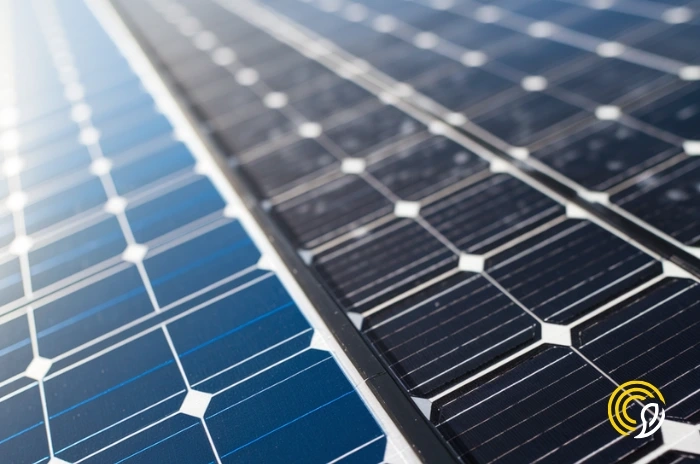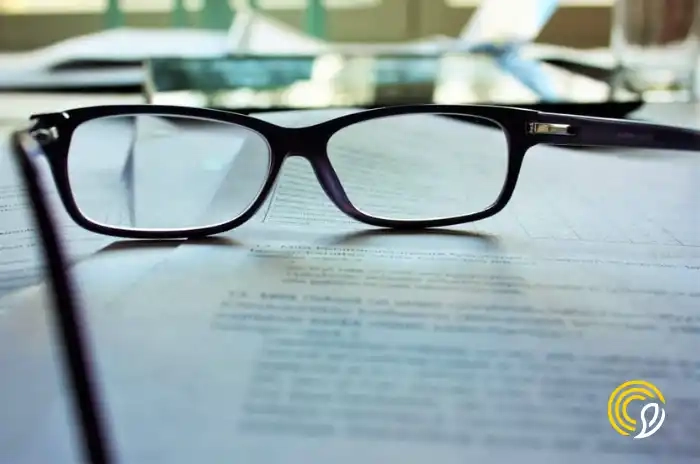
Everything you need to know about surplus compensation

Claudia Pardo, Content Specialist at Sunhero and a firm believer that solar energy can transform the world.
27/11/2023
4 min read
Table of Contents
Having a photovoltaic installation at home allows you to generate energy in your home and therefore use it for your own consumption.
This means that if you adapt your consumption habits as much as possible, you will generate significant savings on your electricity bill.
Even so, the truth is that sometimes solar panels produce more energy than is consumed in the home or, directly, the electricity is not used because there is no one at home during the hours of sunshine. This energy generated by the panels and not consumed is called surplus.
In this article we will discuss the main issues related to surplus compensation. If you have a photovoltaic system at home or are thinking about installing one, don’t miss out!
What is solar energy surplus compensation?
When we talk about solar power surplus compensation, we refer to the mechanism that allows the owners of a photovoltaic installation to receive credits or compensation for the electricity they generate but do not consume directly.
If the installation produces more electricity than is currently being used, it is integrated into the electricity grid, contributing to the overall supply. Through a bi-directional meter it is possible to measure the energy flowing in both directions: from the solar installation to the grid when there is a surplus, and from the grid to the installation when more energy is required than is generated locally.
The compensation process means that at the end of each billing period, usually monthly, the utility will review these records. If the amount of electricity generated exceeds the amount consumed, the owner of the solar system receives credits that can be applied as discounts on future bills.
Definition of surplus in self-consumption
In the context of self-consumption of energy, “surplus” refers to the amount of electricity generated by a solar PV system that exceeds the immediate consumption at the place where it is produced. In other words, it is the additional kWh generated by the system that is not used at the time of production.
When a self-consumption system generates more electricity than is consumed locally, this surplus can be managed in different ways, depending on the self-consumption model implemented.
Difference between self-consumption with and without compensation
Self-consumption without compensation
In this case, if there is a surplus, the unused electricity is lost and no recognition or financial compensation is obtained.
This modality of self-consumption can be a suitable option for those users who wish to maximise energy independence and reduce dependence on the conventional electricity grid, but who do not seek to obtain income or economic compensation for the surpluses generated. This approach mainly involves using the energy at the time of its production, without considering active management of surpluses to obtain additional economic benefits.
Self-consumption with compensation
In this model, surpluses are injected into the electricity grid and the system owner receives compensation for this. These credits can be used to reduce the cost of the electricity consumed when the system is not generating enough energy.
Surpluses in the context of self-consumption are a key aspect of maximising the efficiency and economic benefit of renewable energy systems, as they allow the energy generated to be used to the maximum, contributing to sustainability and reducing dependence on the conventional electricity grid.
Advantages of surplus compensation
Surplus compensation for solar energy systems offers several advantages for solar system owners and for the electricity infrastructure in general.
Economic Savings: It allows solar system owners to receive credits or financial compensation for the surplus electricity they generate and deliver to the grid. These credits are used to reduce the cost of electricity consumed at times when the solar system is not generating sufficient power.
Return on Investment: Surplus offsetting improves the return on investment in PV systems, as owners can make the most of surplus production and earn economic benefits over time.
Energy Independence: Provides homeowners with greater energy independence by allowing them to generate and use electricity locally, reducing dependence on the conventional electricity grid.
Contribution to the environment: By generating electricity from renewable sources instead of fossil fuels, it reduces greenhouse gas emissions and contributes significantly to climate change mitigation.
Steps to apply for surplus compensation
This is the step-by-step process to ensure that your solar energy installation is legalised and allows you to benefit from the compensation for the surplus generated.
Connection and tariff application: Make sure you have a solar panel installation connected to the grid at your home. In addition, apply for an electricity tariff that allows the sale of surpluses.
Temporary cut-off of discharge: Once the solar panels have been installed, temporarily cut off the discharge of surpluses. This step is necessary until the photovoltaic plant is fully legalised.
Legalisation procedures: Carry out all the necessary procedures for the legalisation of the installation. Coordinate with the relevant authorities and collect the necessary documentation.
Opening the landfill after legalisation: Once the authorities have notified the legalisation of the plant, open the surplus landfill. You can now start negotiating the compensation price with your trader.
Remote management via the inverter application: Use the application associated with the inverter (e.g. Huawei) to remotely manage the surplus discharge.
Negotiation with the supplier: Contact your supplier to negotiate the price per kilowatt-hour (kWh) and establish a surplus contract.
Signing the Contract: Once you have reached an agreement with your supplier, sign the surplus contract that establishes the terms and conditions for the compensation of energy generated and discharged to the grid.
Discover in this video what to do with your solar panels surplus production
Start today!
Fill out our free solar calculator and get a custom quotation































